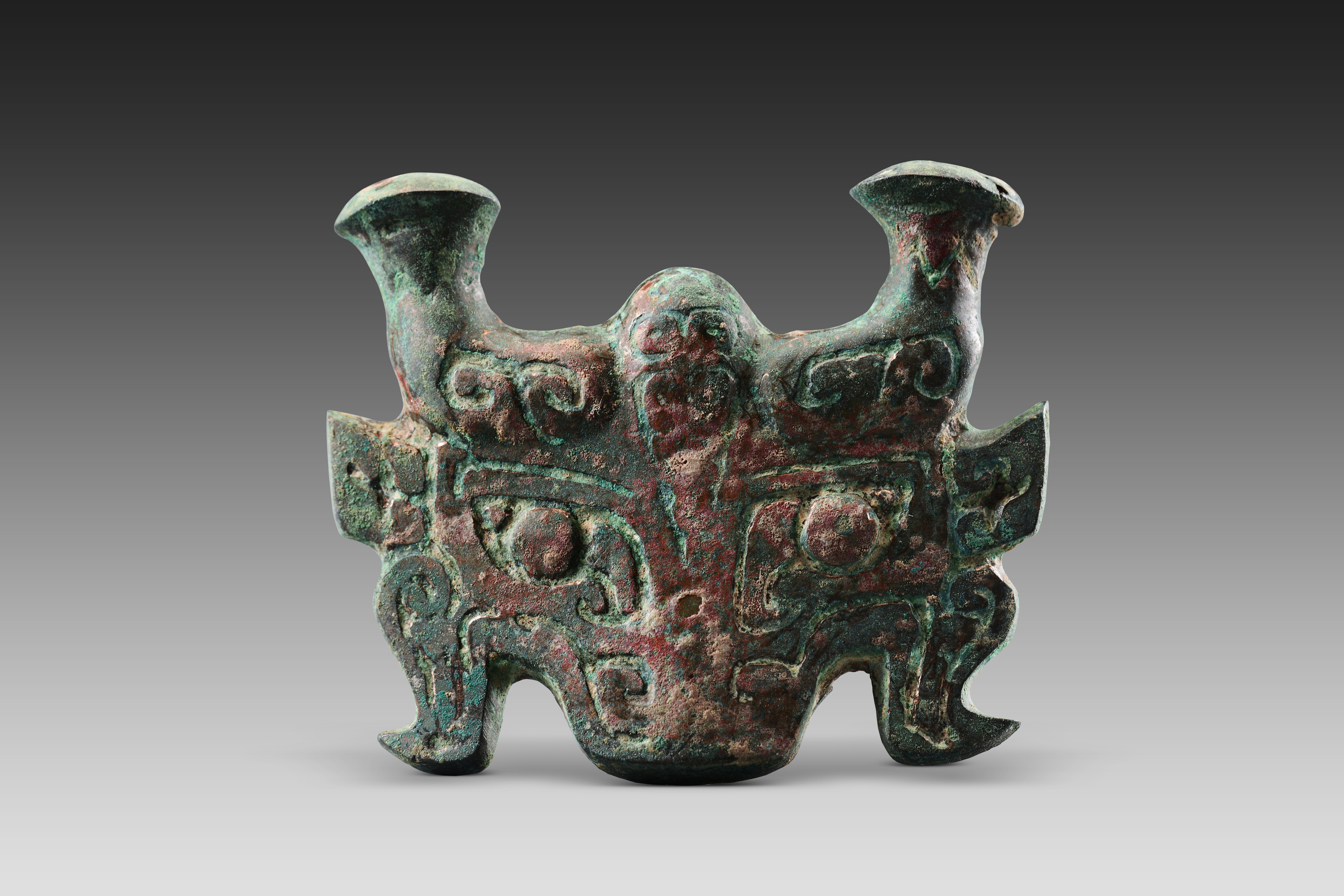Bronze Age findings continue to astound
THE ARTICLES ON THESE PAGES ARE PRODUCED BY CHINA DAILY, WHICH TAKES SOLE RESPONSIBILITY FOR THE CONTENTS

Since the 1940s, scattered bronzeware has been accidentally discovered on a number of occasions in a dozen counties on the Shanxi-Shaanxi Plateau by local people.
Although they sent the artefacts to local museums, archaeological researchers found it difficult to ascertain detailed background information, such as where exactly they were found, how they were discovered and whether or not they were in close proximity when discovered and retrieved.
But questions surrounding them may soon be answered.
This is due to the recent excavation at the Zhaigou site in Qingjian county, Yulin city, Shaanxi province. It has revealed the largest Shang Dynasty (c.16th century-11th century BC) site with the richest remnants yet found on the Shanxi-Shaanxi Plateau.
The site has tombs of the late Shang period, the largest in scale and number on the plateau, and those buried in the tombs enjoyed the highest status of all the Shang tombs excavated so far in the region, according to a news conference by the National Cultural Heritage Administration on May 30, 2023 in Beijing.
Other breakthroughs made in Shang archaeology in the northern part of China were also announced. The latest study shows the Zhaigou site mainly dates to the late period of the Shang Dynasty, and covers 741 acres. With a large-scale rammed earth works construction at the centre, archaeologists have found areas for different functions such as handicraft workshops and tombs on 11 hills surrounding the centre area.
“All of the basic elements of a central settlement have been discovered at the site,” says Xu Lianggao, a researcher with the Institute of Archaeology, which is part of the Chinese Academy of Social Sciences. “We found some tombs and large-scale structures in this area in the past, but this time the complete face of a settlement has been unveiled.”
Nine high-level aristocratic tombs were found at the site, among which seven are rectangular tombs with tomb passages, which means they probably belong to leaders of various groups, says Sun Zhanwei, a researcher at the Shaanxi Academy of Archaeology.
“Tomb passages symbolise a high social status. For example, kings of the Shang Dynasty had four tomb passages. Some people inferior in rank to them, maybe members of the royal family, had two. In this hierarchy, those without a high status could not have a tomb passage,” he explains.
According to Sun, during the late Shang period, many local states appeared surrounding the central regime, with its central area located in Henan province. They had been conquered by Shang and then coexisted with the central regime by presenting tribute to it or rising in rebellions against it. Jiaguwen, or oracle bone inscriptions, the earliest known Chinese writing, record that, in the west and north of the central regime, there were nearly 70 states, but the whereabouts of them remain a mystery.
Lei Xingshan, a professor at the Capital Normal University in Beijing, points out that a grand tomb with a tomb passage often belongs to the king of a state, and “when we find a tomb of this type, it almost certainly means a state has been discovered as well”.
From the tombs, a large number of exquisite bronzeware, jadeware, bone artefacts, lacquerware and tortoise shells were unearthed, and are similar to those found in the past from aristocratic tombs in the Yinxu Ruins, the site of the capital of the late Shang period.
It suggests this area had been in close communication with the central regime, and showed the strong influence exerted on this area by the regime, says Sun Hua, an archaeology professor at Peking University.
Subscribe to Independent Premium to bookmark this article
Want to bookmark your favourite articles and stories to read or reference later? Start your Independent Premium subscription today.